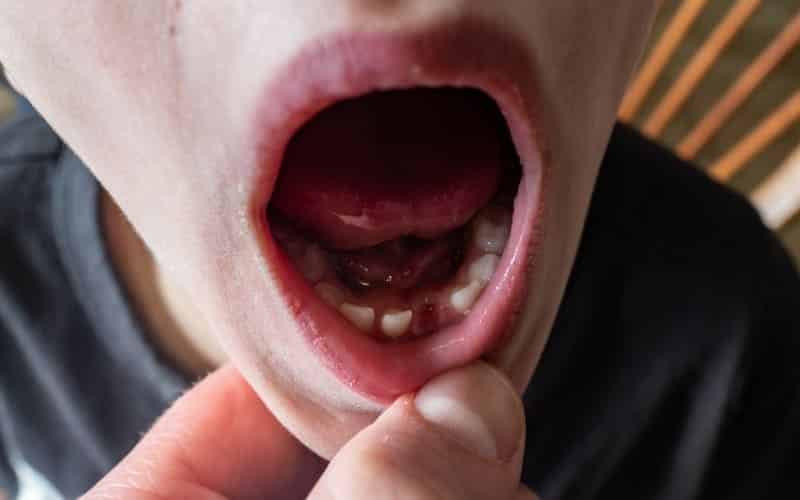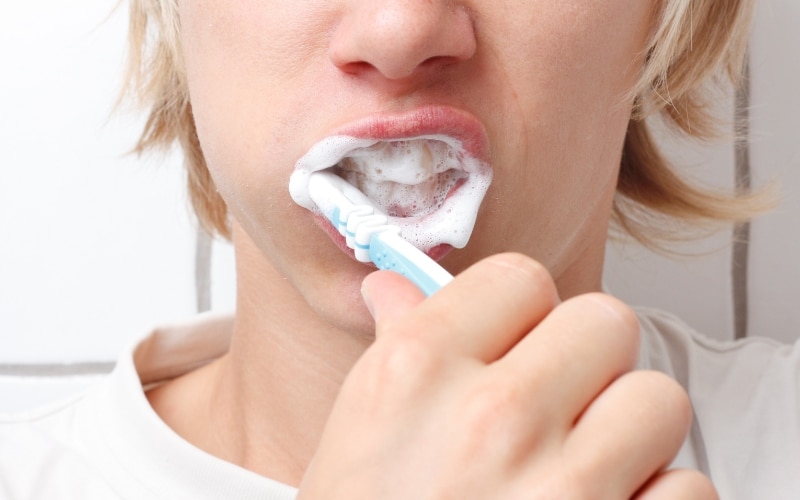
The Impact Of Smoking On Your Oral Health
Smoking significantly jeopardizes oral health, contributing to various issues in the mouth. Tobacco use is a primary cause of gum disease, leading to inflammation, bleeding, and tooth loss. Moreover, it hampers the healing process after dental procedures and increases the risk of infections. Persistent smoking stains teeth, causing aesthetic concerns. Additionally, it raises the likelihood of developing oral cancers, affecting the lips, tongue, and throat. Overall, smoking is a major detriment to oral health, compromising both the aesthetic and functional aspects of the mouth while increasing susceptibility to severe conditions like periodontitis and oral cancer. This article will guide you about the impact of smoking on your oral health in detail.
Effects of Smoking on Teeth and Gums
1. Gum Disease: Smoking is a primary risk factor for gum disease. It reduces blood flow to the gums, impairs the immune system, and increases inflammation, leading to gingivitis and periodontitis.
2. Tooth Decay: Smoking contributes to the buildup of plaque and tartar on teeth, increasing the risk of cavities and decay. The harmful chemicals in tobacco products weaken enamel, making teeth more susceptible to decay.
3. Staining and Discoloration: Nicotine and tar in tobacco products cause stubborn stains on teeth, leading to yellowing and discoloration. This aesthetic impact can be challenging to reverse through regular dental hygiene practices.
4. Delayed Healing: Smoking hinders the healing process after dental procedures such as tooth extraction or oral surgery. Reduced blood flow and compromised immune function impede the body’s recovery.
5. Increased Oral Cancer Risk: Tobacco use, including smoking, significantly elevates the risk of oral cancers. It affects various areas of the mouth, including the lips, tongue, and throat, posing a serious and potentially life-threatening consequence.
Impact of Smoking on Dental Treatments
1. Delayed Healing: Smoking impairs blood flow and compromises the immune system, leading to delayed healing after dental treatments such as extractions, implants, or surgeries. This can extend recovery time and increase the risk of post-operative complications.
2. Increased Infection Risk: The immune-suppressing effects of smoking make individuals more susceptible to infections after dental procedures. Infections can compromise the success of treatments and may necessitate additional interventions.
3. Compromised Success of Implants: Smoking is associated with a higher risk of dental implant failure. The reduced blood flow and impaired healing make it challenging for implants to integrate with the jawbone, increasing the likelihood of implant complications.
4. Gum Disease Progression: Smoking can exacerbate existing gum disease or hinder the success of treatments for periodontal issues. It counteracts the effectiveness of interventions, making it harder to manage and control gum disease.
5. Aesthetic Challenges: Smoking can undermine the cosmetic outcomes of dental treatments. Staining and discoloration caused by tobacco use may compromise the visual impact of procedures such as teeth whitening or cosmetic dentistry, diminishing the overall aesthetic benefits.
Tips for Maintaining Good Oral Health as a Smoker
1. Regular Dental Check-ups: Schedule frequent dental check-ups to monitor oral health and address any emerging issues promptly. Professional cleanings and examinations can help mitigate the impact of smoking on teeth and gums.
2. Commit to Rigorous Oral Hygiene: Brush teeth at least twice daily with fluoride toothpaste and use dental floss daily. These practices help minimize plaque buildup and reduce the risk of cavities, gum disease, and staining associated with smoking.
3. Stay Hydrated: Drinking water helps combat dry mouth, a common side effect of smoking. Adequate saliva production is essential for neutralizing acids, cleansing the mouth, and protecting teeth from decay. Chewing sugar-free gum can also stimulate saliva flow.
4. Limit Tobacco Use: Gradually reduce smoking or consider quitting to improve overall health, including oral health. Decreasing tobacco consumption can lessen the severity of said issues and improve the chances of successful dental treatments.
5. Choose Smokeless Alternatives Wisely: If unable to quit smoking entirely, consider less harmful alternatives such as nicotine replacement therapy. However, consulting with a healthcare professional for guidance is essential, as these alternatives may still pose risks to oral health.
How to Quit Smoking for Better Oral Health?
1. Seek Professional Support: Consult with a healthcare professional or a smoking cessation specialist to create a personalized plan for quitting. They can provide guidance and support and recommend appropriate resources, such as medications or counseling services.
2. Set a Quit Date: Choose a specific date to quit smoking and commit to it. Having a clear goal helps mentally prepare for the change and enhances the chances of success. Share the quit date with friends and family for added accountability.
3. Identify Triggers and Develop Coping Strategies: Recognize situations or emotions that trigger the urge to smoke. Develop alternative coping mechanisms such as deep breathing, exercise, or chewing gum. Finding healthy substitutes can aid in overcoming cravings.
4. Utilize Nicotine Replacement Therapies (NRT): Consider using NRT, such as nicotine patches, gum, lozenges, or prescription medications. These products can help manage withdrawal symptoms and gradually reduce nicotine dependence, making it easier to quit.
5. Join a Support Group: Connect with others trying to quit smoking by joining a support group. Sharing experiences, challenges, and successes with people going through similar journeys can provide valuable encouragement and motivation.
In conclusion, prioritizing oral health is pivotal, especially for smokers facing unique challenges. Despite the impact of smoking on teeth and gums, proactive measures can make a significant difference.
Regular dental check-ups at Singh Smile Care ensure timely interventions, while rigorous oral hygiene and staying hydrated help mitigate risks. For those striving to quit smoking, seeking professional support, setting a quit date, and utilizing resources like nicotine replacement therapies are vital steps.
Commit to a healthier smile – choose Singh Smile Care today. Embrace a tobacco-free journey and unlock a brighter oral future. Your smile deserves it!





